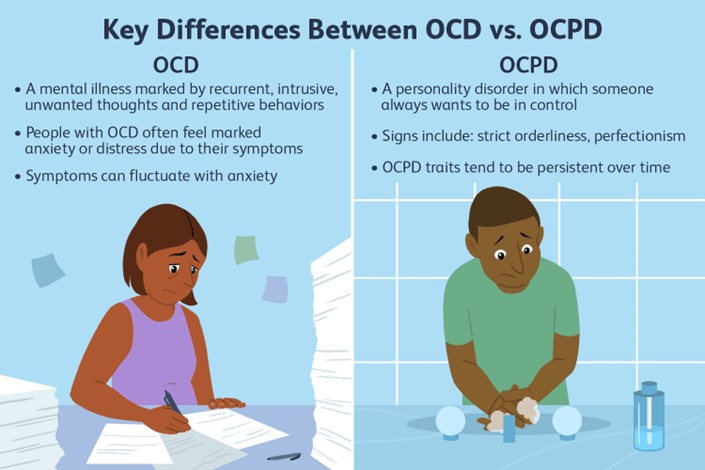A female client taking a liquid iron preparation expresses concern that her tooth color has darkened since starting the medication. Which action should the practical nurse (PN) implement?
Teach the client to use a straw when taking the medication to reduce further tooth staining.
Reassure the client that this change indicates the medication is having the desired effect.
Determine if the client is also experiencing mouth or gum pain and difficulty swallowing
Advise the client to withhold further doses until consulting with the healthcare provider.
The Correct Answer is A
The correct answer is choice a. Teach the client to use a straw when taking the medication to reduce further tooth staining.
Choice A rationale:
Using a straw when taking liquid iron preparations helps minimize contact with the teeth, thereby reducing the risk of staining.
Choice B rationale:
While tooth discoloration can indicate that the iron is being absorbed, it is not a desired effect and should be managed to prevent cosmetic concerns.
Choice C rationale:
Assessing for mouth or gum pain and difficulty swallowing is important but not directly related to the issue of tooth staining.
Choice D rationale:
Advising the client to withhold doses without consulting a healthcare provider could lead to non-compliance and inadequate treatment of iron deficiency.
Nursing Test Bank
Naxlex Comprehensive Predictor Exams
Related Questions
Correct Answer is C
Explanation
This is the most important information for the PN to ask because it assesses the client's risk for self-harm and suicidal ideation. The client's statements indicate hopelessness, low self-esteem, and impaired functioning, which are potential warning signs of suicide. The PN should ask the client directly about any thoughts or plans of harming themselves and provide support and safety measures as needed.

A. Questioning about which rituals are most often used to reduce anxiety is not a priority and may reinforce the client's compulsive behavior.
B. Asking if the obsessions and compulsions interfere with sleep is not a priority and may not address the client's emotional distress.
D. Determining what makes the client think people are laughing is not a priority and may not be helpful for the client's perception of reality.
Correct Answer is D
Explanation
The correct answer is Choice D
Choice A: Excruciating pain
- Rationale: While partial thickness burns can be painful, especially in the first few days, excruciating pain is less likely for a stable patient 3 days post-burn. Pain management is a crucial aspect of burn care, but excruciating pain might indicate deeper burns or complications like infection.
Choice B: Elevated blood pressure
- Rationale: Elevated blood pressure is not a typical complication of a partial thickness burn. In fact, burn patients are more at risk for hypotension (low blood pressure) due to fluid loss.
Choice C: Compartment syndrome
- Rationale: Compartment syndrome is a serious complication that typically occurs with deep burns or traumatic injuries. It's caused by increased pressure within a muscle compartment, restricting blood flow and potentially leading to tissue death. While a possibility, it's less likely for a partial thickness burn 3 days after the injury.
Choice D: Curling's Ulcer
- Rationale: Curling's ulcer is a peptic ulcer (stomach ulcer) that can develop as a complication of major burns. This is because burns trigger a massive inflammatory response, releasing stress hormones that increase stomach acid production, making the stomach lining more susceptible to ulcers. Given the extensive burn area (30% TBSA) and the timeframe (3 days post-burn), Curling's ulcer becomes a significant concern.
Therefore, the correct answer is: Choice D: Curling's Ulcer
Explanation:
- A 30% TBSA partial thickness burn is a significant injury that triggers a systemic inflammatory response.
- Three days post-burn falls within the timeframe when Curling's ulcer can develop due to the increased stress hormones and gastric acid production.
- While pain management and monitoring for compartment syndrome are important, Curling's ulcer poses a more significant threat in this scenario.
Whether you are a student looking to ace your exams or a practicing nurse seeking to enhance your expertise , our nursing education contents will empower you with the confidence and competence to make a difference in the lives of patients and become a respected leader in the healthcare field.
Visit Naxlex, invest in your future and unlock endless possibilities with our unparalleled nursing education contents today
Report Wrong Answer on the Current Question
Do you disagree with the answer? If yes, what is your expected answer? Explain.
Kindly be descriptive with the issue you are facing.
